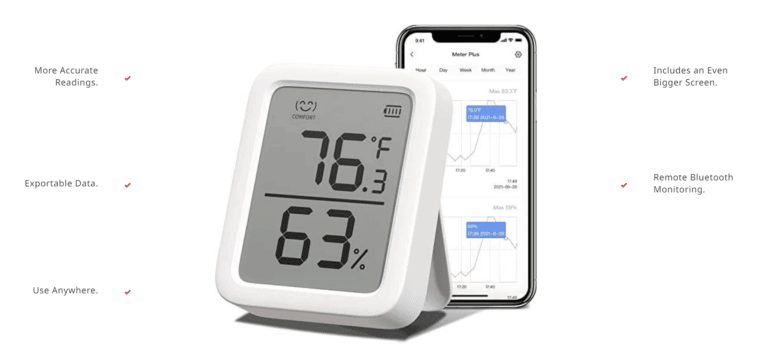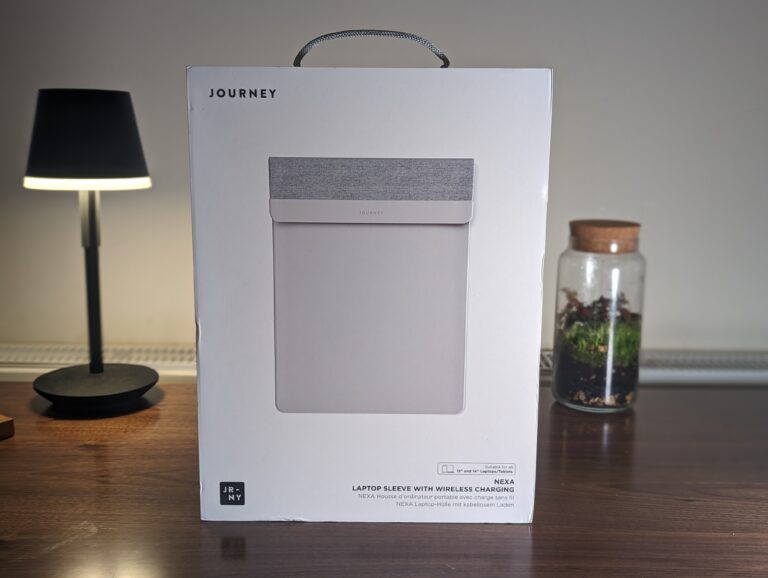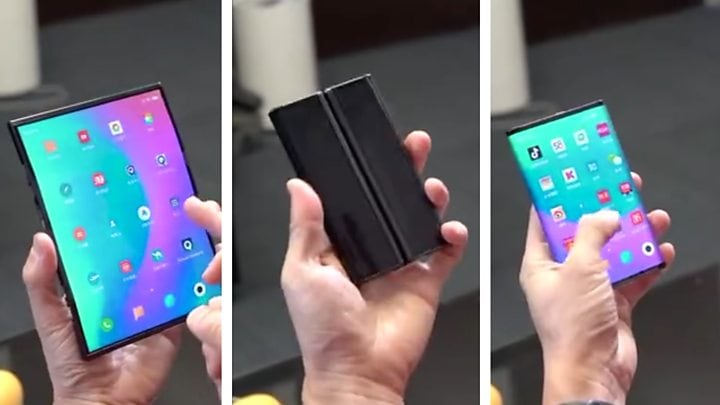Any links to online stores should be assumed to be affiliates. The company or PR agency provides all or most review samples. They have no control over my content, and I provide my honest opinion.
With the cost of living being so expensive nowadays, many of us will be looking at ways to save money.
Mobile phone contracts are normally something that we can save a significant amount of money on.
I am not one of those people that is completely against getting a new phone on contract. If you need, or just want a new phone, then a contract is a good way to spread the cost. However, once your contract is over, you really need to switch to a SIM only deal, or you will end up paying the same monthly fee as you were when you were effectively paying for your data and phone together.
When switching to a SIM only deal, how much data you need will vary per person. From my experience, most people vastly overestimate how much they need, with many people going from unlimited or very high allowances.
It is an understandable thing to do. People like the reassurance that they won’t run out of data.
If your mobile is the main form of Internet access you have and/or the main way you consume media, then you might be right to get a contract with a generous data capacity.
For me, even though I use my mobile a lot, I am nearly always connected to my home WiFi or work WiFi. It is only when I am travelling or out and about that, I use my mobile data. Looking at my usage, I rarely go above 10GB of data per month, so an unlimited contract is completely unnecessary.
5GB of data is probably a bit low for me, but if you don’t use your phone for a lot for streaming services then it should be adequate.
Look out for deals
If you are on a rolling monthly contract, don’t be scared to switch providers on a semi-frequent basis. Many cheap MVNO companies will offer discounted deals for a set length before reverting to the normal price.
In recent months, I have used Lebara, iD mobile, Voxi and Smarty.
HotUKDeals is normally a good place to pick up cheap deals. At the time of writing, you can get a Lebara 5GB 5G Data plan for £1.49 per month for the first three months and it then switches to £4.99.
They will often do similar deals but for 6 months. One recent deal was £0.99 per month for 6 months for 5GB of data.
Alternatively, a recent deak for iD Mobile was 25GB Data, unlimited Min / Text, EU Roaming + £40 Currys / Amazon Gift Card £8pm for 12m which would work out as £4.67pm effective,
Standard 5GB Plans
- Lebara
- 5GB 5G Data + EU roaming1000 UK minutes1000 UK textsRolling 1-month plan
- £5
- Lyca
- 5GB1000 UK calls and texts100 International minutes freeRolling 1-month plan
- £5 (£1.99 for 3 months)
- iD Mobile
- 5GB 5G Data + EU roamingUnlimited texts and calls12-month plan
- £6 (they do 12GB for £7 which seems like a better deal)
- GiffGaff
- 5GB 5G Data + EU roamingUnlimited texts and calls
- £8
How much is 5GB of data?
Here’s a rough estimate of what you can do with 5 gigabytes:
- Browsing the web: Average webpage is about 3MB. With 5GB, you can browse approximately 1,700 webpages.
- Emails: A text-only email is about 10KB, while emails with images or attachments are typically about 1-2MB. With 5GB, you can send or receive approximately 2.5 million text-only emails or about 2,500 to 5,000 emails with attachments.
- Streaming music: On average, streaming music uses about 1-2MB per minute. With 5GB, you can stream music for about 40 to 80 hours.
- Streaming video: Standard definition video uses about 1GB per hour, while high definition video uses 2-3GB per hour. With 5GB, you could stream 2-3 movies in HD or about 5 hours of standard definition video.
How much data does Netflix use?
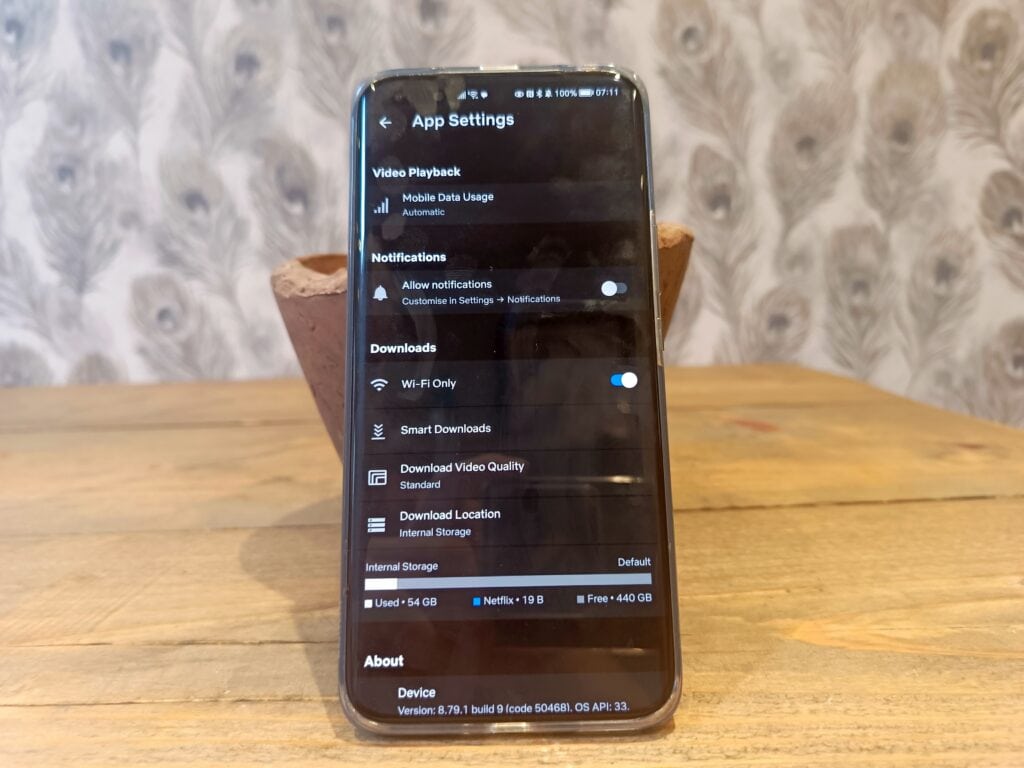
I have stated that standard definition video uses up to 1GB of data per hour, but it is actually a bit different for mobile and you can significantly reduce this if you need to save data.
If you stream Netflix on a browser or TV, then the Data used per hour is:
- Low: Basic video quality, up to 0.3 GB
- Medium: Standard video quality, up to 0.7 GB
- High: Best video quality:
- Standard definition: up to1 GB
- High definition: up to 3 GB
- Ultra high definition (4K): up to 7 GB
- Auto: Adjusts automatically to deliver the highest possible quality, based on your current internet connection speed.
However, on mobile it is:
- Automatic: The Netflix app selects a setting that balances data usage and video quality. You can watch about 4 hours per GB of data.
- Wi-Fi Only: Stream only while connected to Wi-Fi.
- Save Data: Watch about 6 hours per GB of data.
- Maximum Data:
- Highest possible quality for your device and the TV show or movie you’re watching.
- Can use 1 GB per 20 minutes or more, depending on your device and network speed.
- Recommended only if you have an unlimited data plan.
So, in theory, on a 5GB data plan, you could watch up to 20 hours of video with Netflix.
How much data does YouTube use?
Watching a YouTube video at the standard 480p uses between 480 and 660MB per hour, while Full HD viewing can chew through between 1.2 and 2.7GB per hour. 4K video playback on YouTube will use anywhere between 5.5 and 23GB of data every hour.
There are different quality setting and these are some example data rates that YouTube will use:
- 144p: Low quality video, roughly uses 0.3GB (300MB) per hour
- 240p: Slightly better than 144p, roughly uses 0.3 – 0.4GB (300-400MB) per hour
- 360p: Standard quality video, roughly uses 0.5 – 0.7GB (500-700MB) per hour
- 480p: SD (Standard Definition), roughly uses 0.8 – 1GB per hour
- 720p: HD (High Definition), roughly uses 1.2 – 2.7GB per hour
- 1080p: Full HD, roughly uses 2.5 – 4.1GB per hour
- 1440p: 2K, roughly uses 3.5 – 6GB per hour
- 2160p: 4K (Ultra HD), roughly uses 7 – 10.5GB per hour
How much data does Spotify use?
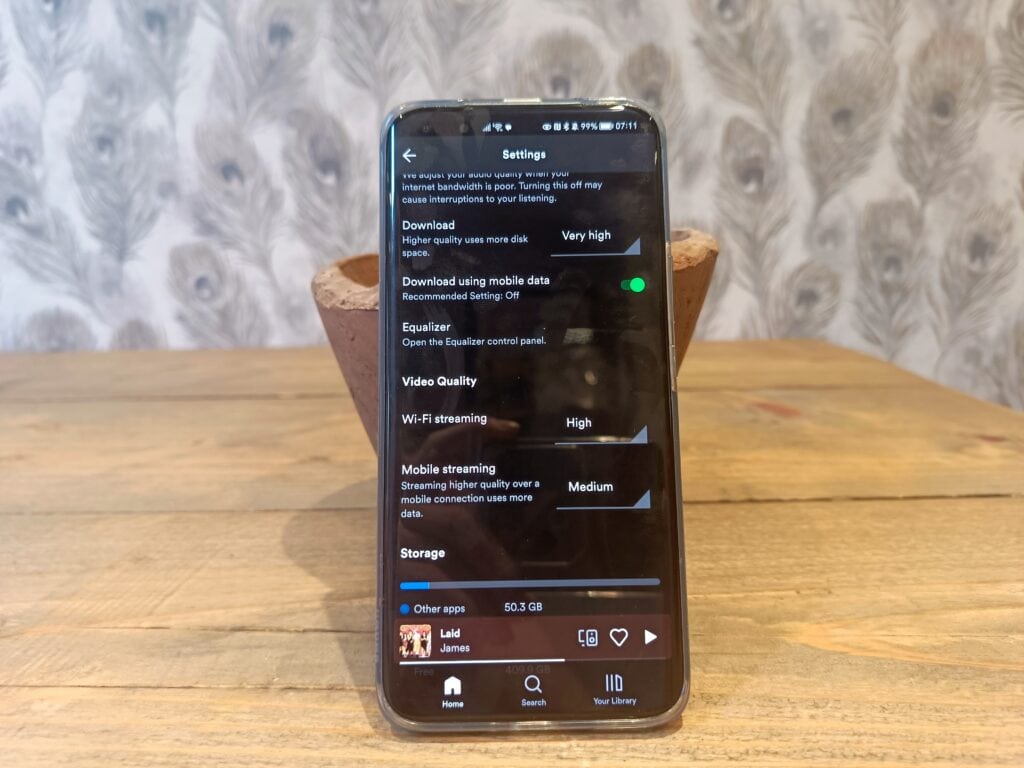
Spotify has four quality settings and here is an estimate of how much data it uses:
- Low quality (24kbps): Roughly uses around 0.36MB per minute or around 21.6MB per hour.
- Normal quality (96kbps): Roughly uses around 0.72MB per minute or around 43.2MB per hour.
- High quality (160kbps): Roughly uses around 1.2MB per minute or around 72MB per hour.
- Very high quality (320kbps, available only for Premium subscribers): Roughly uses around 2.4MB per minute or around 144MB per hour.
How much data does email use?
For email, things can get a bit complex, for text only emails, each email barely uses anything, but if you have attachments and images within the email, the amount of data used quickly goes up. However, it also depends if you actually download all the data for each email.
For Outlook on my PC, it downloads all the emails in full, inevitably using a lot of data. However, with the Gmail app, it pulls the data from the cloud and only downloads the full content when you open each email.
It also depends on your sync settings. By default, my Gmail apps syncs the last 30 days of emails, but if you filter emails in labels, these don’t sync as standard.
If you download a full email then some examples of data used includes:
- Text-only emails: These are usually very small, typically around 10KB to 50KB.
- Emails with images or rich text formatting: These emails can be slightly larger, and can range from about 50KB to several hundred KBs.
- Emails with attachments: The size of these emails depends entirely on the size of the attached files. An email with a 1MB photo attached, for example, would use about 1MB of data.
I am James, a UK-based tech enthusiast and the Editor and Owner of Mighty Gadget, which I’ve proudly run since 2007. Passionate about all things technology, my expertise spans from computers and networking to mobile, wearables, and smart home devices.
As a fitness fanatic who loves running and cycling, I also have a keen interest in fitness-related technology, and I take every opportunity to cover this niche on my blog. My diverse interests allow me to bring a unique perspective to tech blogging, merging lifestyle, fitness, and the latest tech trends.
In my academic pursuits, I earned a BSc in Information Systems Design from UCLAN, before advancing my learning with a Master’s Degree in Computing. This advanced study also included Cisco CCNA accreditation, further demonstrating my commitment to understanding and staying ahead of the technology curve.
I’m proud to share that Vuelio has consistently ranked Mighty Gadget as one of the top technology blogs in the UK. With my dedication to technology and drive to share my insights, I aim to continue providing my readers with engaging and informative content.


